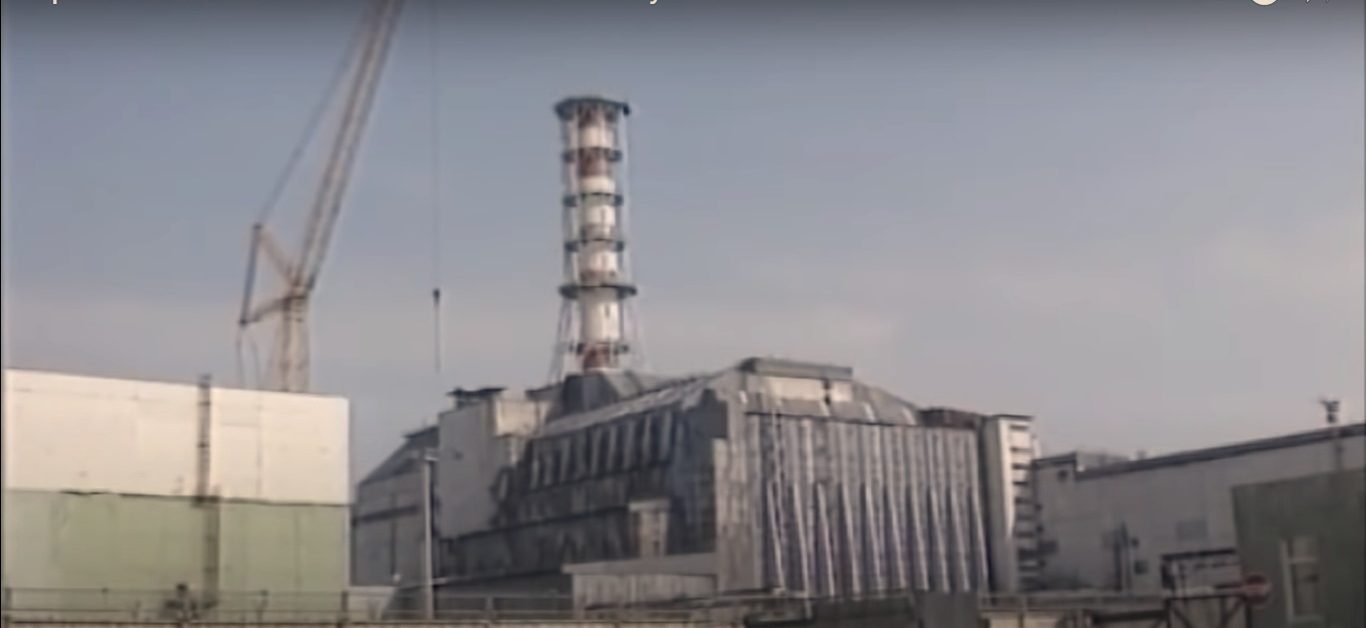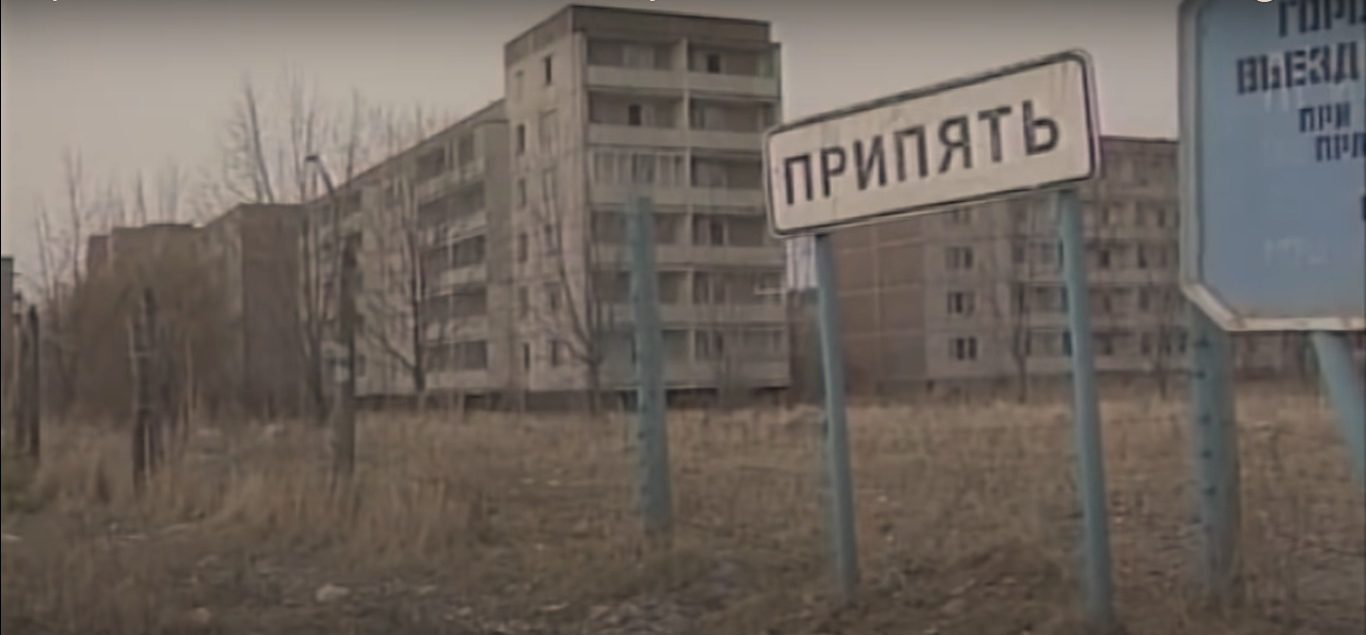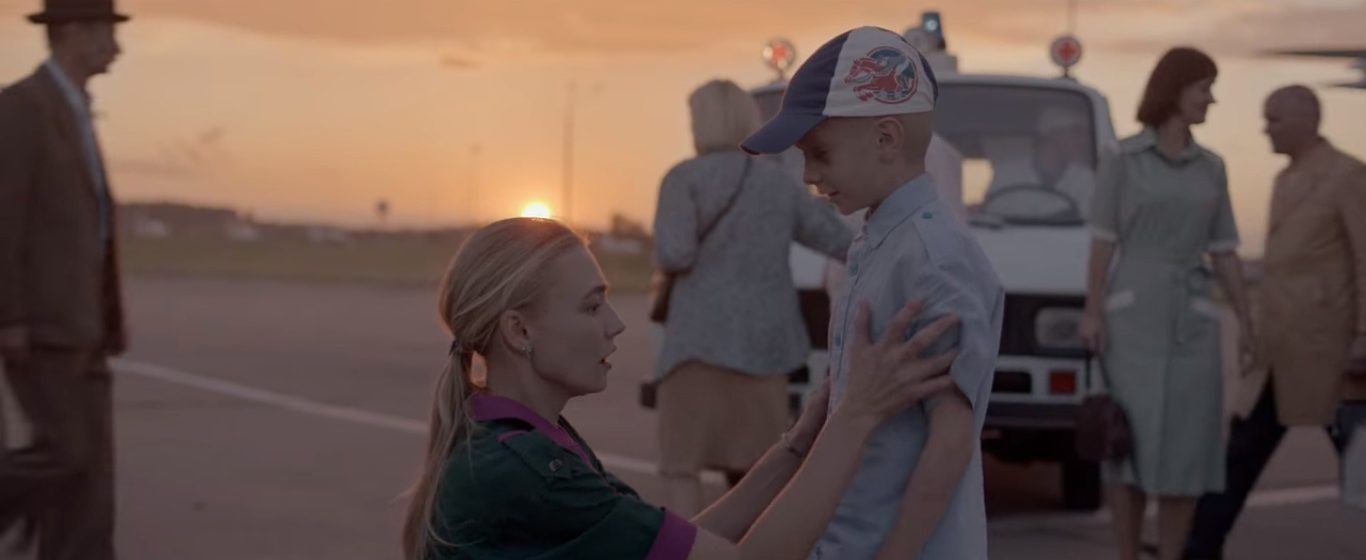‘Chernobyl 1986’ is a Russian tragedy drama set amidst a nuclear disaster in a small Soviet town. The film focuses on the tumultuous affair of a young couple who find themselves in the middle of an unthinkable calamity. As radiation seeps through the town and the nuclear reactor threatens to explode again with even more disastrous consequences, a handful of brave men volunteer on what seems like a suicide mission to try and avert another disaster. The truly grim scenes encapsulated in the movie depict some of the worst human suffering imaginable. How much of what we see in ‘Chernobyl 1986’ actually happened? Let’s find out.
Is Chernobyl 1986 Based on a True Story?
‘Chernobyl 1986’ is partly based on a true story. As we see in the opening scenes of the movie, the film takes inspiration from historical events but contains fictional characters. The Chernobyl disaster of 1986 serves as the backdrop for the story of two estranged lovers, Olga and Alexey, and follows them as their lives are irreversible changed by the effects of the nuclear accident.

The film, written by Elena Ivanova and Aleksey Kazakov, is accurate in some details pertaining to the actual disaster, which occurred on April 26, 1986. The town of Pripyat, that the film’s characters live in, refers to the actual town of the same name that was established in the 1970s to support the nearby Chernobyl Nuclear Power Plant. This also explains why, in the movie, everyone in the Soviet town seems to be somehow connected to the power plant, about which Olga’s son Alex even complains. Additionally, as seen in the movie, it was in fact reactor no. 4 that exploded, after which the town of Pripyat had to be evacuated and remains abandoned to this day.

The film does take artistic license to a large extent with the historical events and changes them to fit the plot. Most notably in the film, following the first explosion, the officials and experts convene to discuss the possibility of a “steam explosion” occurring and spreading nuclear radiation across Western Europe and Russia. In the end, the film’s lead character Alexey is able to avert the steam explosion by draining the coolant reserves under the reactor.
In reality, a steam explosion did occur on that fateful day in 1986 and was one of two explosions that destroyed the reactor. The nuclear contamination actually spread to parts of western Europe and the USSR, especially into neighboring Belarus, which received about 70% of the particle fallout from the disaster. The nuclear core fire that remained open to the atmosphere continued to spread radioactive materials many days after the explosions.
The film’s fictional characters seem to be put in place to help depict the devastating effects of the tragedy at a personal level. Olga’s young son Alex witnesses the explosion (which would have been unlikely in real life as the explosion occurred after 1 a.m. local time) and is exposed to radiation. Watching a mother deal with her son struggling with radiation poisoning adds heft to the film’s emotional quotient, which might otherwise be lost amidst the objective horror of the film’s historical inspiration.

The film’s lead character, Alexey, is a fictional firefighter who takes on a suicidal mission not once but twice and is likely symbolic of the actual heroic firefighters who were some of the first on the scene of the disaster and were exposed to deadly levels of radiation poisoning before they even knew that they were being exposed. Similarly, the film mentions high-level corruption as playing a role in the disaster, which loosely hints at the criminal mismanagement that some plant officials were convicted of in the subsequent investigation and trial.
The film’s director Danila Kozlovskiy grew up hearing stories about the Chernobyl disaster but said that many of the tales had become embellished over time and turned superficial. Through his film, he attempts to bring the pain and tenderness of human emotions to the forefront and make viewers feel connected to the characters living through the disaster. “I hope we managed to create a film that will deeply touch the audience’s emotions. And at the end of the day, that’s what cinema is for,” he said whilst describing the effect he hoped the film would have on audiences across the world.
Read More: Best Disaster Movies on Netflix


You must be logged in to post a comment.